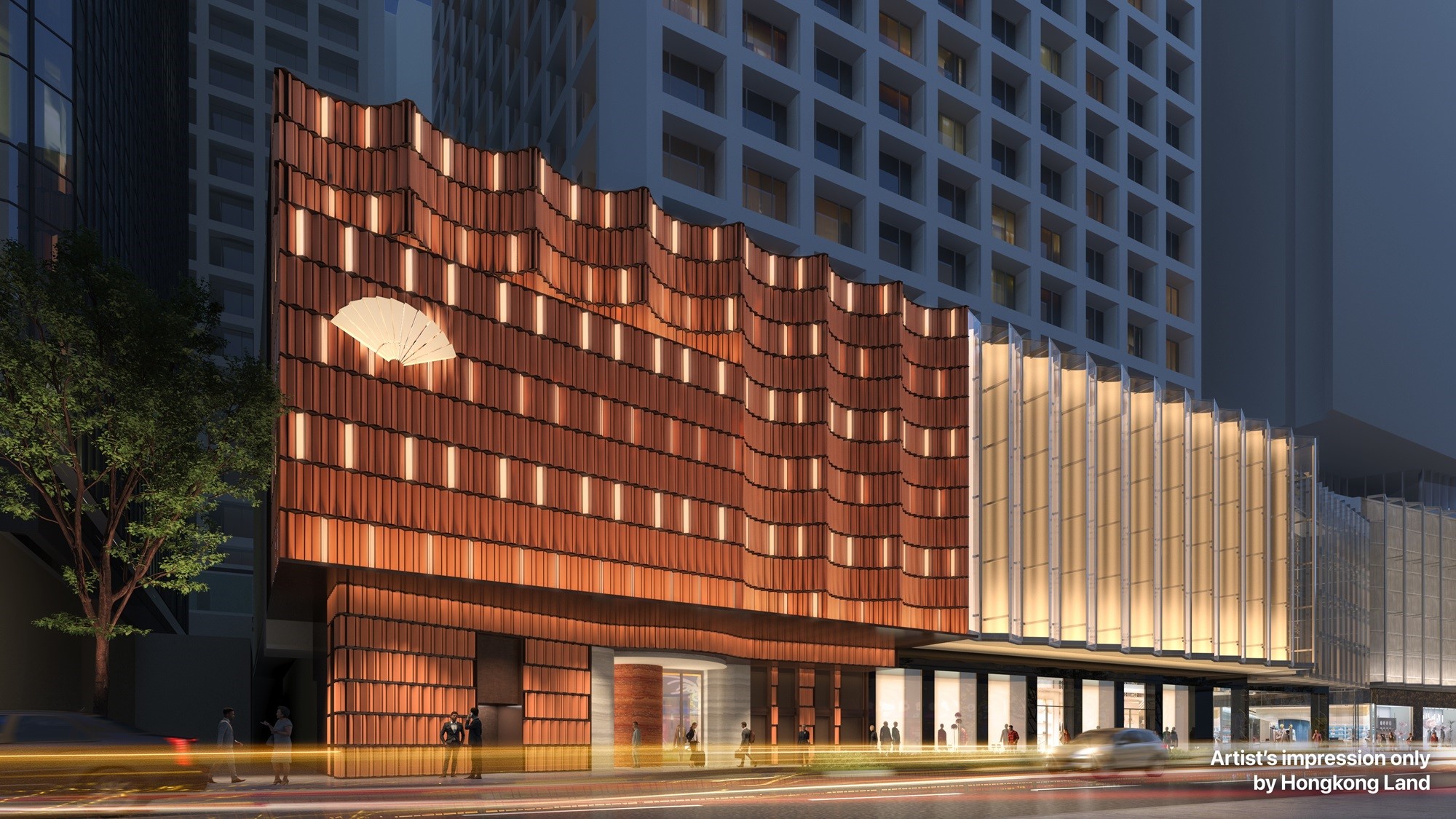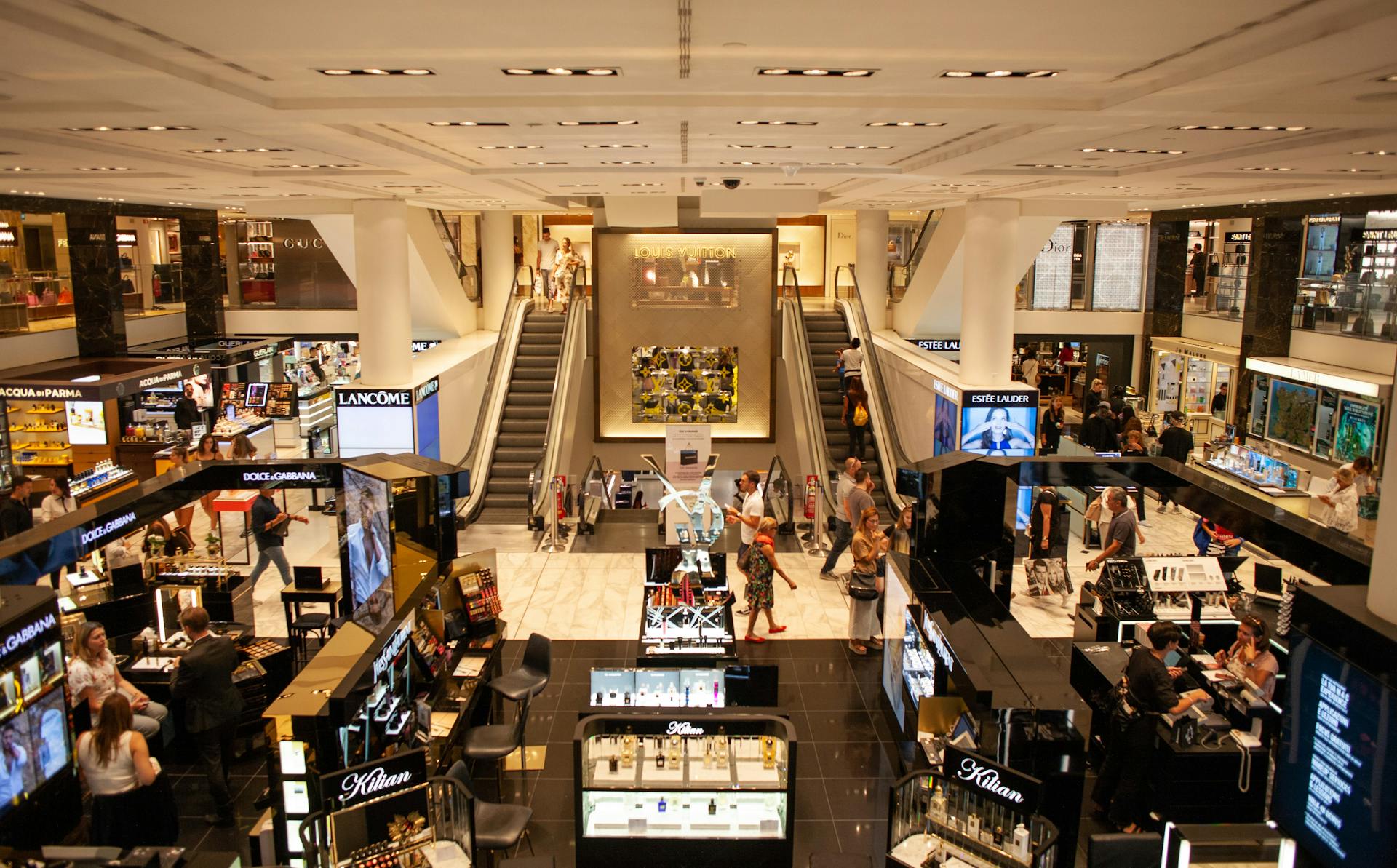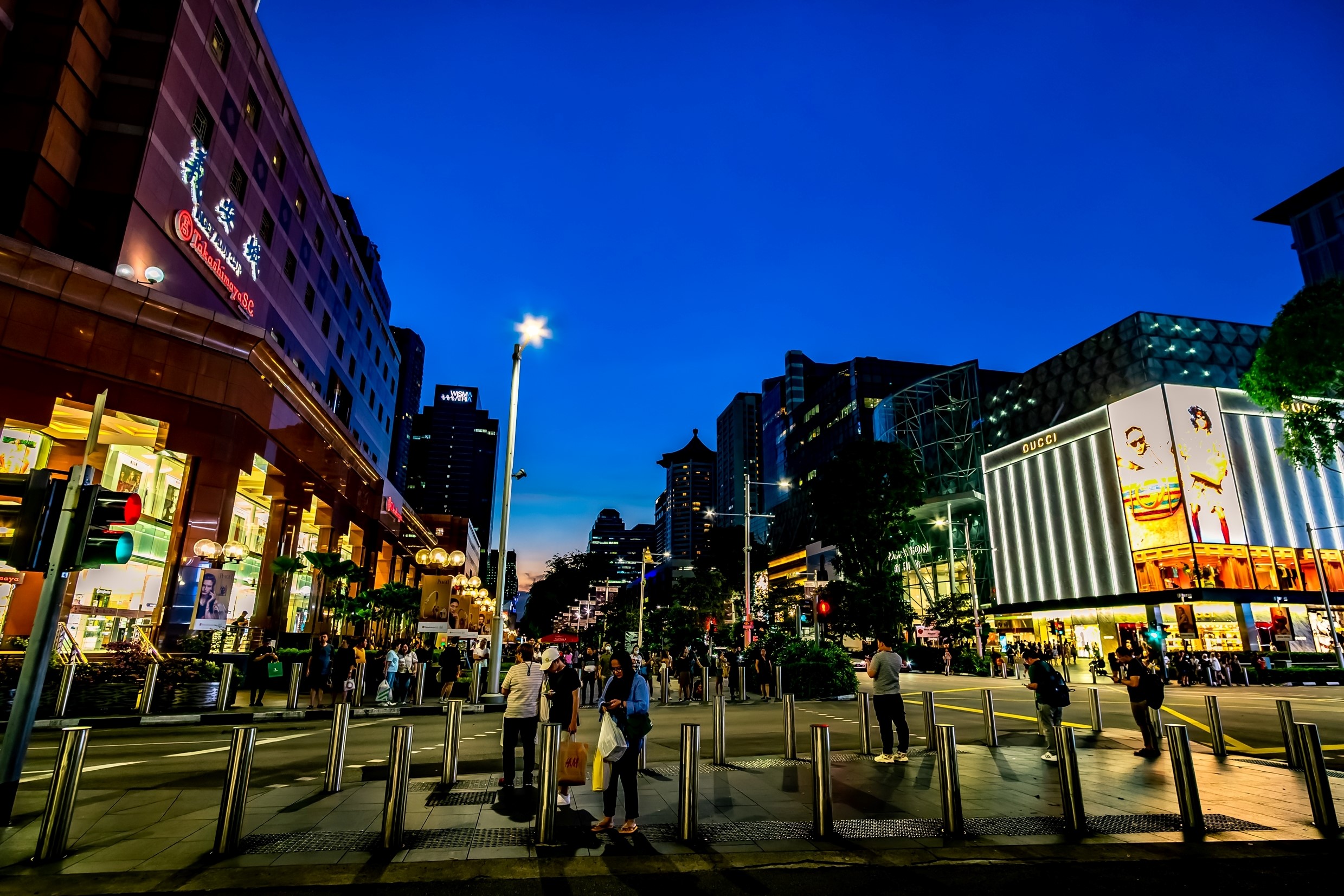
Taking Asia Pacific luxury retail to the next level
Asia Pacific’s luxury retailers are investing in multi-storey flagship stores in core locations, enhancing personalized services for top clients despite economic challenges.
Asia Pacific’s luxury retailers and developers are upsizing in their core locations to create multi-storey stores and personalised services for their best clients.
The uncertain global economy and China’s economic woes have weighed on luxury goods spending in the Asia Pacific region, however brands are using these quieter times to invest in the future. The super-rich (from China and elsewhere) keep on spending and brands today prefer to invest in existing customers and core locations rather than new locations and new customers.
“Brands are focused on sure wins, so they may rationalise fringe locations, but will continue to concentrate on key locations in gateway cities around the region,” says Nick Bradstreet, head of Asia Pacific retail at Savills.
Lavish multi-storey destinations, often referred to as ‘maisons’ or ‘houses’ rather than mere shops, are appearing across the region, as luxury super brands fight for market share.
In June, Hongkong Land announced a $1 billion investment in its luxury Hong Kong shopping centre the Landmark. In partnership with 10 of its luxury brand tenants, including Cartier, Louis Vuitton and Prada, the listed developer will create 10 multi-storey, ultra-luxury stores which it describes as “maison destinations” (artist’s impression above).
These new multi-storey destination stores covering 210,000 sq ft will be created over a three-year period. The “maisons’ will provide “highly personalised services for their Very Important Customers (‘VIC’) including haute couture, private dining concepts, outdoor terraces and double-heighted salons,” Hongkong Land said.
It’s not just Hong Kong which is seeing such developments; luxury retailers at Singapore’s Marina Bay Sands are also showcasing their wares in duplex flagship stores, with a wider range of personalised services. In Tokyo, Aston Martin opened a new two-storey showroom in the Peninsula Hotel this year, bringing its Q by Aston Martin bespoke service to Japan. This provides “a sanctuary for clients in Tokyo to create their own intimately personal Aston Martin,” the company said.
Other Asian luxury retail locations are not far behind, says Bradstreet. “Key landlords are partnering with the super brands to create the next generation of luxury destinations and as a result, a number of projects are ongoing across the region. Despite the expense, the top luxury brands want to ensure they stand out to their customers.”
Crucial to the offering is personalisation – a focus of Aston Martin’s new offering – and catering to those high-spending VICs, who are generate the bulk of a luxury brands revenues. “These clients value service, personalisation and discretion,” says Bradstreet.
Earlier this year, Savills Global Luxury Retail report noted a blurring of the lines between retail and lifestyle, as brands aim to emulate the ‘private members club’ atmosphere and introduce hospitality elements. Brands such as Tiffany & Co, Armani and Fendi now have their own café brands, which increase “dwell time” in the stores.
Bradstreet says: “For many customers, the luxury retail experience is as important as the goods. Brands understand this and are evolving to meet those demands.”
Further reading:
Savills Global Luxury Retail Outlook
Contact Us:
Nick Bradstreet



